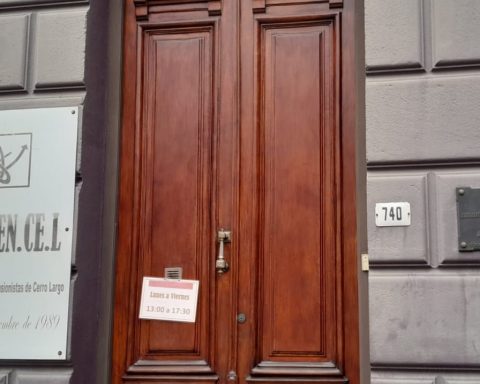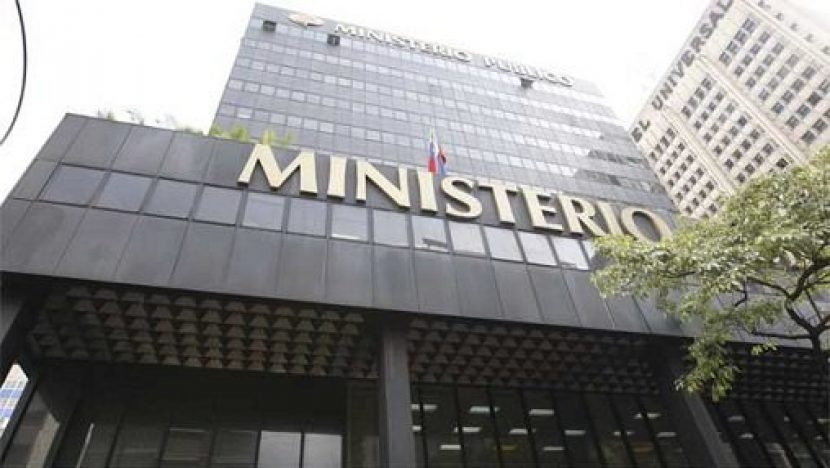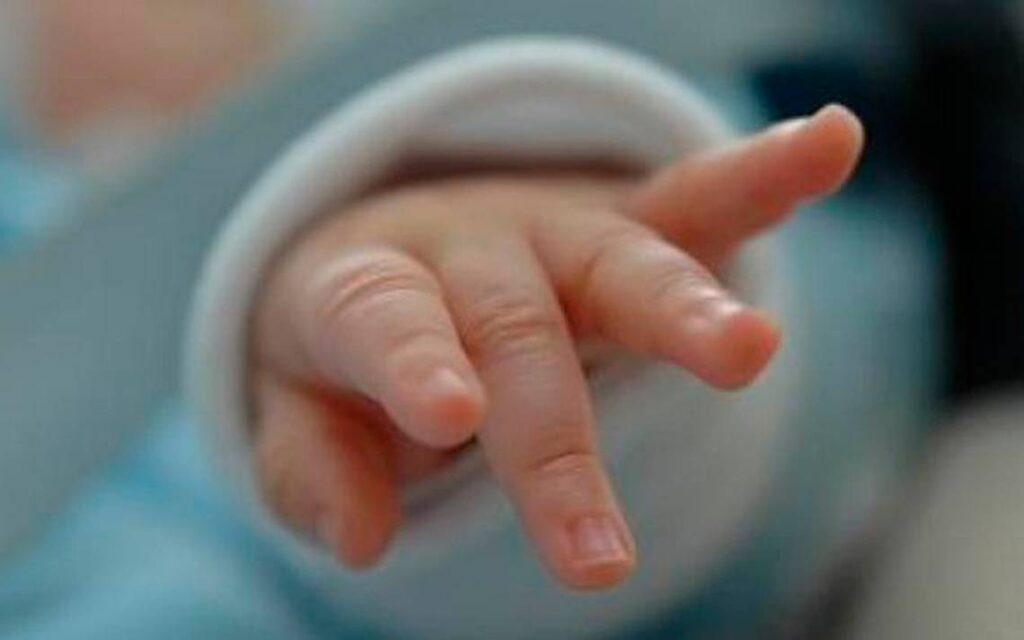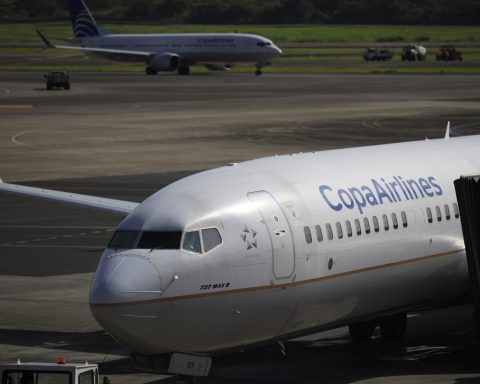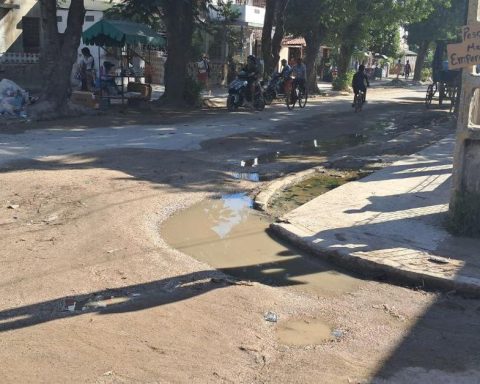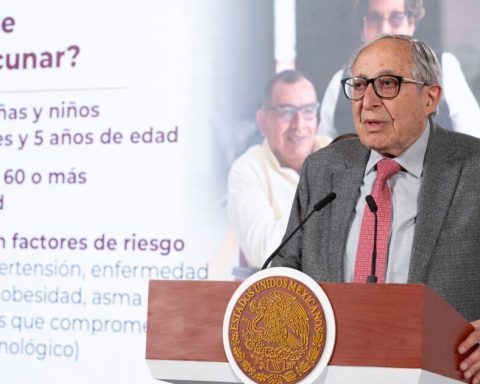He dollar continues with minimal daily rises and falls and without approaching the values claimed by exporters and some economists. The appreciation of the Uruguayan peso has an impact on productive sectors and in different areas there is talk of exchange rate delay.
The US currency ended this Wednesday at $38,698 on the interbank averagewith a minimum negative variation of 0.15%, as reported by the Electronic Stock Market (Bevsa). Thus, it maintained the trend of the first week of April, being below $39. In fact, the last time it exceeded that threshold was on March 20 when it traded at 39,240.
He dollar ended 2022 at $40,071 with a year-on-year drop of 10.3% and so far in 2023 it has never traded above $40. So far this year it is already trailing a retraction of 3.43%, equivalent to $1.37.
The operation this Wednesday was for US$14 million with a minimum price of $38.65 and a maximum of $38.71. As usual, the central bank (BCU) did not intervene in the foreign exchange market. The last time he did it was on August 31, 2021 with spot operations for US$31.2 million.
central bank
on the blackboard of Republic Bank (BROU), the US currency operated at $37.45 for purchase and $40.05 for sale.
The reactions
The ironing of the dollar so far in 2023 has already motivated several comments in different areas. The first to refer to the strengthening of the Uruguayan peso was the president Luis Lacalle Pou weeks ago. In an interview with the Argentine media La Nación + he expressed: “Today we have a problem with the dollar, we have to accept it. The dollar is very low, the Uruguayan currency has appreciated a lot”.
Then it was the turn of the exporters. The president of the Union of Exporters (UEU), Facundo Marquezhad said at that time that the depreciation of the dollar was around 12. “That is what the BCU says in its monetary policy reports. That’s the lag,” she said.
“For different reasons, inflation has been falling to historically reasonable levels. Now there are no more arguments, given the exchange rate delay, for not reversing the monetary policy that the BCU has been carrying out,” said the president of the exporters.
That Monday, the economist Javier de Haedo He referred to the behavior of the dollar on his Twitter account. “Unlike other countries such as Brazil, Australia and New Zealand, Uruguay did not correct relative prices: the dollar should have risen relative to the CPI, but it fell”, she explained.
“The cheap dollar affects agriculture but also all exporters and those who compete with imports. Also to exports of services and construction, as their authorities have recently expressed”, he added.
“That would be resolved by reformulation of economic policies, strengthening fiscal and salary policies and making monetary policy more flexible”, he concluded.
The last to speak about the exchange rate was the Frente Amplista senator Mario Bergara (former president of the BCU and former Minister of Economy). This Monday he attended the Olimar Festival, in Treinta y Tres, and then held a press conference.

Ines Guimaraens
Mario Bergara
“The value of the dollar continues to be on the floor. There is no reaction from the Ministry of Economy, there is no reaction from the Central Bank and today we have the largest exchange rate delay of the entire 21st century. And that obviously has a negative impact,” she maintained.
“We continue to think that it is inconceivable that there is not an intervention reaction in the exchange market to raise the value of the dollar for the good of Uruguayan production,” he added.
In the region and global
In Argentina, the official dollar traded this Wednesday at A$ 210.5 for purchase and A$ 218.50 for sale with an increase of 0.46%, according to the screen of Banco Nación. In the parallel market, the blue dollar traded at A$ 388 for purchase and A$ 392 for sale.
In Brazil, the dollar traded at 5.046 reais with a drop of 0.52%.
Globally, the dollar index (which buys the US with a basket of currencies) stood at 101.90 units with a rise of 0.32%.





